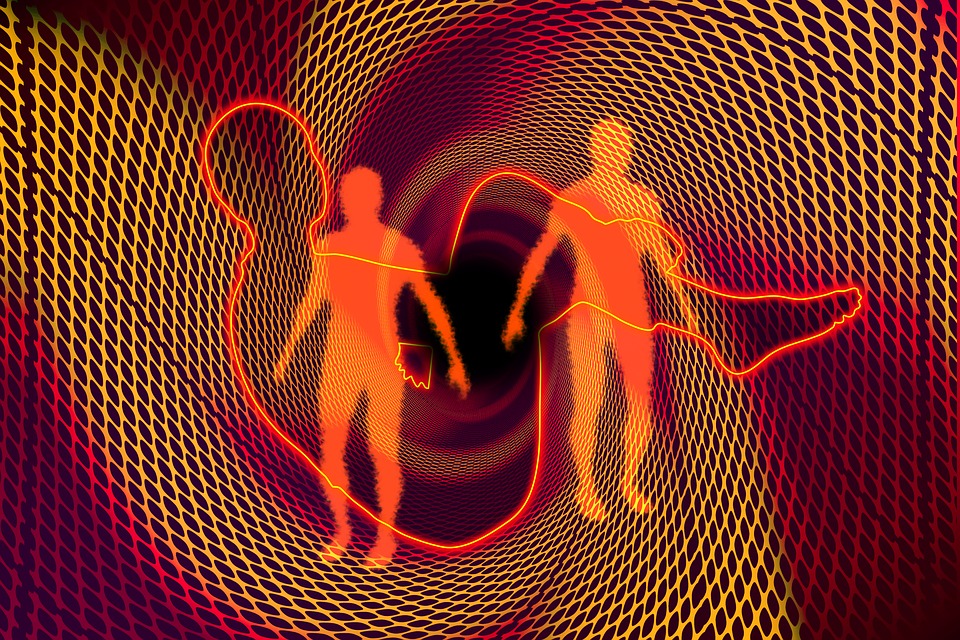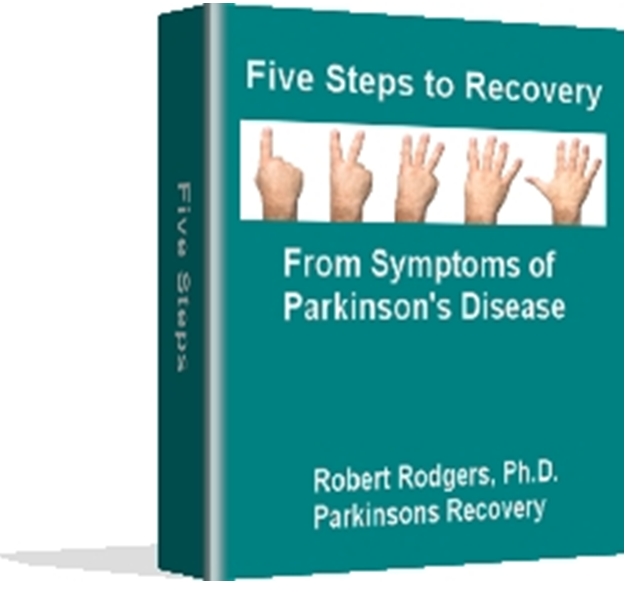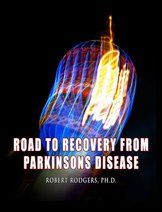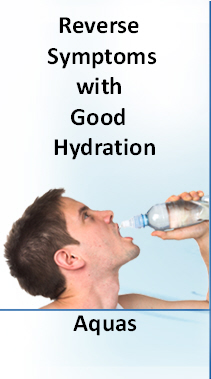What is the difference between craniosacral therapy and Bowen therapy?
Marilyn
Response:
Bowen Therapy:
- Moves, positions and holds hands, feet, arms or legs into various positions for releases
- Gently rolls the body or positions the body for releases
- Focus is on the release if trauma and tension throughout the entire body body
Craniosacral
- Touch is very gentle – more so than Bowen Therapy.
- The therapist may work on or off the body
- Focus is on cranial sacral system – the system that comprises the brain, spine and sacrum.
Differences Between Bowen Therapy and Craniosacral therapy:
The difference between cranial sacral therapy and Bowen therapy depends in large part on the practitioner. Some cranial sacral therapists are more technique oriented. They are trained to move through a standard serious of adjustments.
Other cranial sacral therapists are trained to listen to the person’s body and allow the body to communicate how it needs to release the trapped trauma. There is no standard protocol that is used with any particular patient.
My personal experience with Bowen therapy involved a treatment I received from Naturopath doctor John Coleman and his associate four years ago at a workshop in Tacoma, Washington. Bowen therapy originated in Australia in the 1980’s.
I loved receiving the Bowen treatment from John. It clearly allows for gentle releases of stress, trauma and tension.
Bowen therapy is a wonderful therapy, as is craniosacral. Either one will work for some people and not others. It is more physical than craniosacral therapy, but both can generate similar outcomes. If one therapy does not help you, try the other!
John Coleman recommends Bowen therapy to persons with Parkinsons Disease because it was so helpful to him personally. Some people report back to me who have had Bowen therapy that is indeed the case for them. Others report they did not receive the releases that they had hoped for. Still others report relief is maintained for several days after the treatment, but symptoms tend to return.
Many therapists – whether Bowen or Craniosacral – have extensive training with other modalities. When they begin working – they will employ other modalities as needed in addition to using the techniques associated with cranial sacral therapy.
I suggest that anyone who currently has the symptoms Parkinson shop around for a practitioner who provides the support that works well for you. It is a very personal choice. You might want to try several therapists so you can experience the wide range of treatments that are possible.
An alternative option that merits serious consideration is Breathwork which involves continuous breathing to release trauma. For more information visit: https://breathwork.today
Robert Rodgers, Ph.D.
Founder 2004
Parkinsons Recovery
www.parkinsonsrecovery.com





